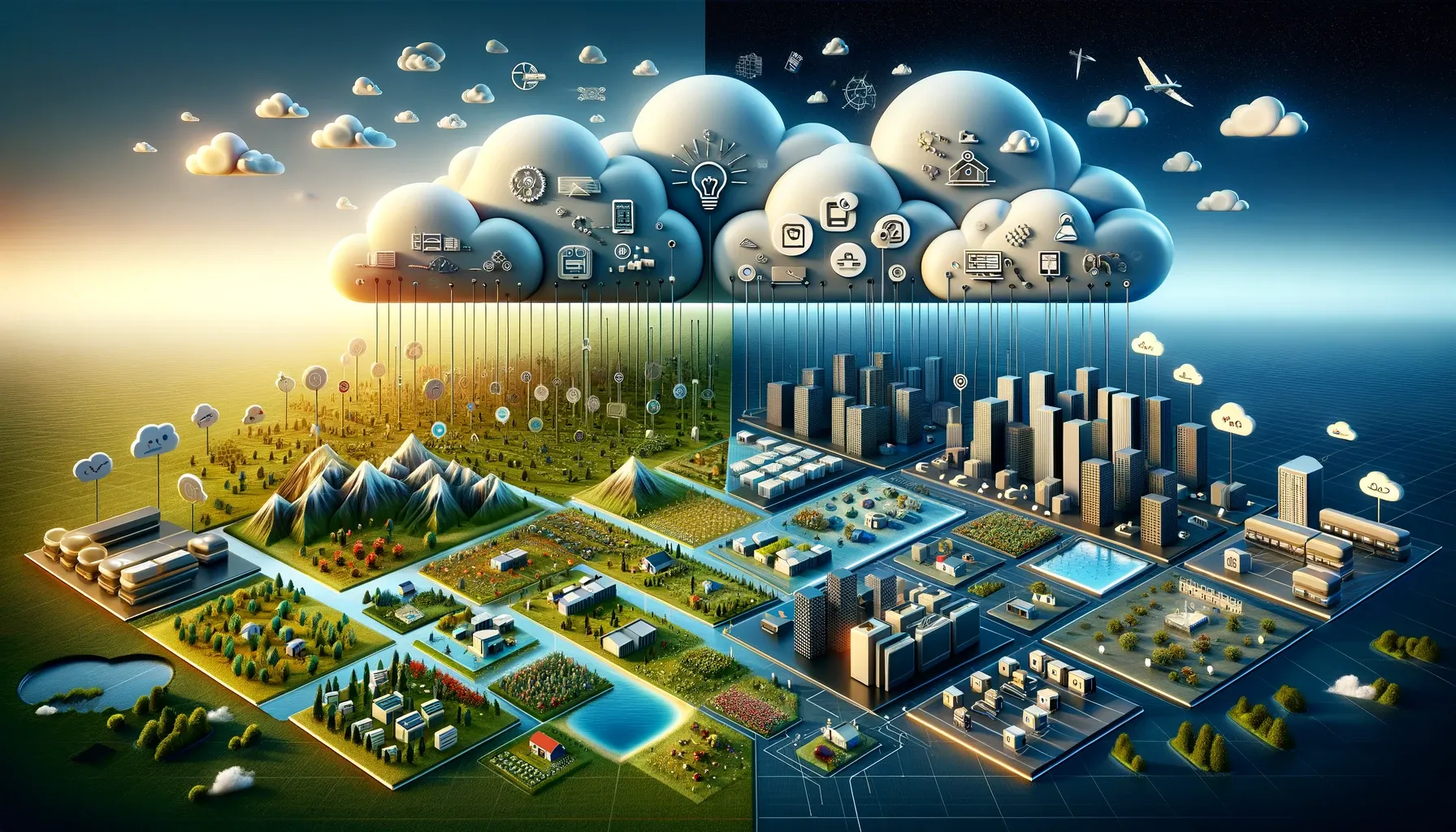The concepts of multi-tenant applications and Software as a Service (SaaS) are closely related but not identical. Understanding the distinction between the two is crucial for grasping how modern cloud services and applications are delivered. Let's break down the two terms to clarify their relationship and differences. Multi-Tenant


The concepts of multi-tenant applications and Software as a Service (SaaS) are closely related but not identical.
Understanding the distinction between the two is crucial for grasping how modern cloud services and applications are delivered.
Let's break down the two terms to clarify their relationship and differences.
A multi-tenant application is a software architecture where a single instance of the application serves multiple customers or "tenants."
This architecture allows for resource sharing at the software level, where each tenant's data and configurations are kept separate, ensuring privacy and security.
The key characteristic of a multi-tenant architecture is its ability to isolate data while efficiently utilising the same computing resources to serve multiple users.
Software as a Service, on the other hand, is a delivery model where applications are hosted remotely on the cloud and provided to users over the internet.
SaaS eliminates the need for users to install, manage, or run applications on their local devices, offering a convenient subscription-based access to software.
SaaS applications can be designed using various architectural models, including single-tenant, where each customer has their own instance of the software, or multi-tenant, which leverages a shared infrastructure for all customers.
The main relationship between multi-tenant applications and SaaS is that multi-tenancy is often the underlying architecture that enables SaaS solutions.
Many successful SaaS offerings utilise multi-tenant architectures to efficiently manage resources and reduce costs, passing on these benefits to their users.
This makes multi-tenancy a popular choice for SaaS providers looking to scale their solutions to a broad audience without compromising on performance or security.
However, not all SaaS applications are multi-tenant.
Some SaaS offerings might adopt a single-tenant architecture, especially for solutions requiring extensive customisation or for clients with stringent security demands that necessitate isolated environments.
The choice between single-tenancy and multi-tenancy in a SaaS context depends on various factors, including the specific needs of the target market, regulatory considerations, and the provider's business model.
While multi-tenant applications and Software as a Service (SaaS) are closely interlinked, they are not synonymous.
Multi-tenancy refers to a specific software architecture, whereas SaaS is a delivery model that can employ various architectural approaches, including multi-tenancy.
Understanding this distinction helps in appreciating the diverse landscape of cloud services and the strategic decisions behind offering scalable, efficient, and secure software solutions in the cloud era.